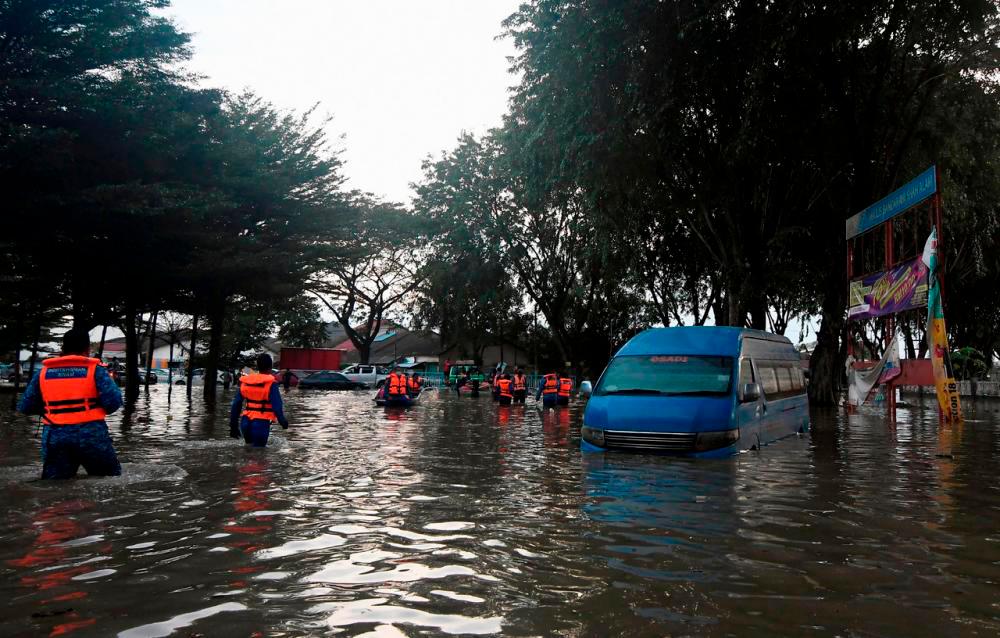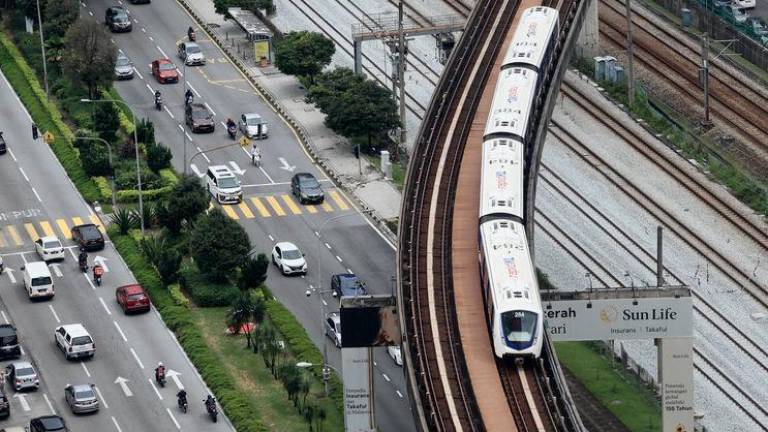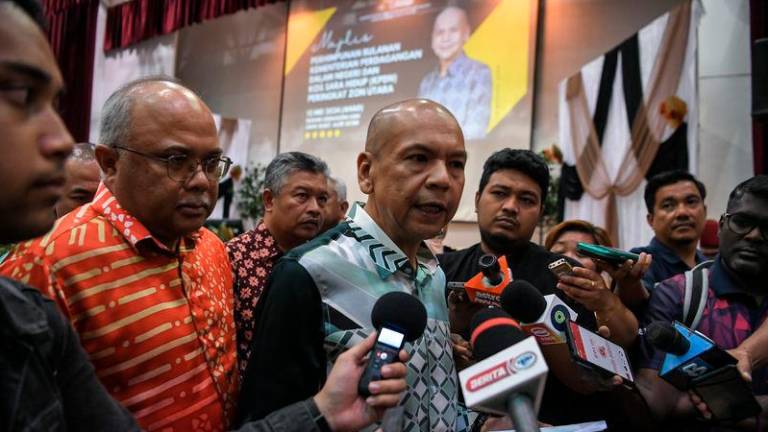THE call for better flood mitigation has been widely raised following the deluge that occurred at various cities and areas in the country over the past three months.
China’s “sponge city” concept has once again been highlighted as the alternative to existing rainwater management systems such as building coastal defence infrastructure, drainage network, and SMART tunnel.
The truth is that flood prevention requires an integration of multiple methods, a combination of “sponge city” features, existing practices and innovative drainage infrastructure.
A clear lesson can be learnt from last year’s flood that occurred in several “sponge cities” in China. The amount spent to transform Zhengzhou into a “sponge city” was about RM336 million (US$80 million) and yet the city submerged under a year’s volume of rain that fell in four days.
Predicting rare rain intensity still lacks accuracy and the rising sea level has been increasingly undermining existing drainage. As risk analyst Nassim Nicholas Taleb remarked, “The rarer the event, the less tractable and the less we know about how frequent its occurrence.”
To deal with unknowns, cities would require multiple measures to reduce flood risk. “Sponge city” green features such as parks and bioswales have limitations in soaking up rainwater and need an elaborate drainage system to divert excess water.
The SMART tunnel has proven to be an innovative method that complements “sponge city” features, by diverting five million cubic metres of rainwater on Dec 18, when a month’s worth of rain came in one day. When not diverting rainwater, the tunnel is used as a bypass to relieve the city’s traffic congestion.
Cities with high flood risk should integrate the available methods ranging from “sponge city” features, river dredging, extensive pump system, retention pond, seawall strengthening, coastal reclamation, polder system, and SMART tunnel to increase resilience against climate change. Adopting a single method will not address our flood problems.
Joshua Woo










